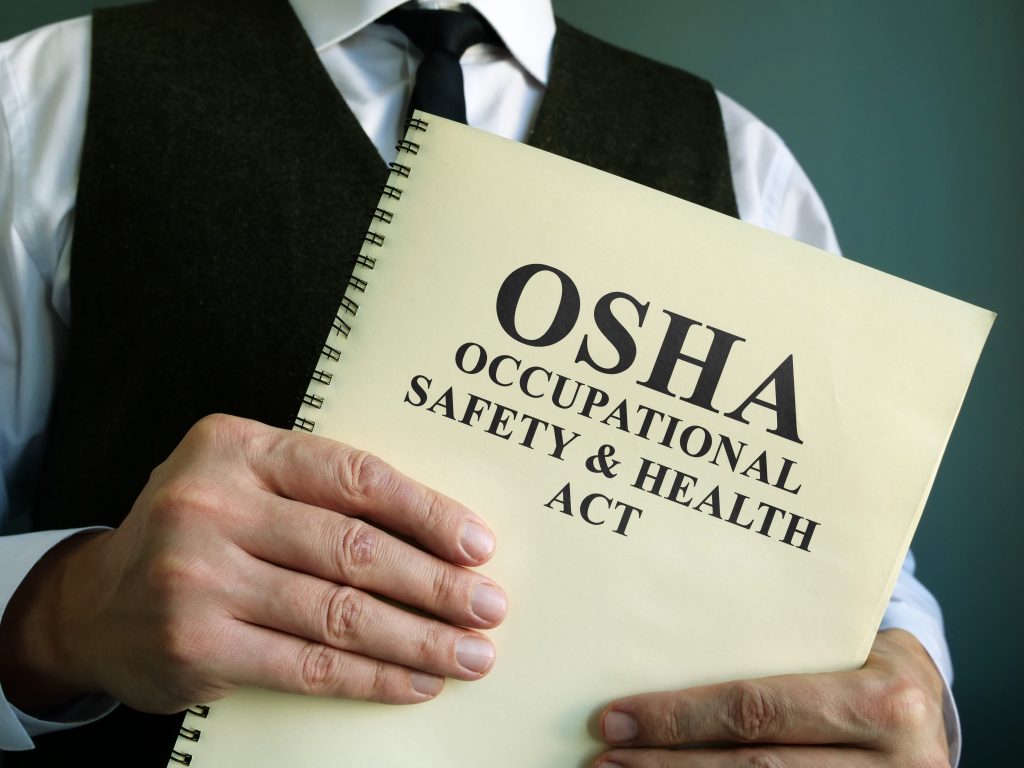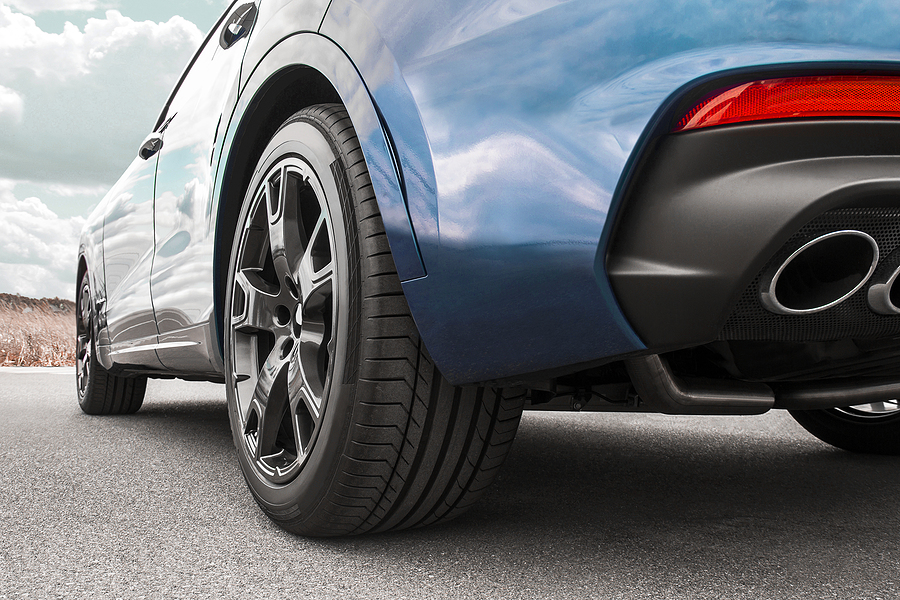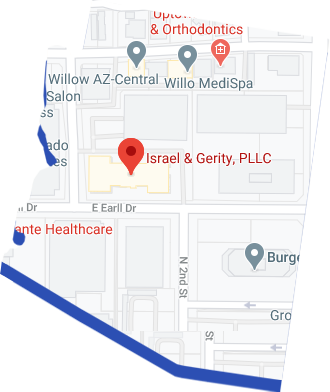What should you do after a Phoenix rear-end accident happens? One of the most important things is to go and get a comprehensive exam from a medical professional. You should go and get checked out even if you feel like you didn’t sustain serious injuries and even if you aren’t showing any outward symptoms of an injury. While it may seem like a waste of time to have a medical exam if you feel fine, the exam could help you to save your life and save your financial security.
Why You Should Always Seek Medical Attention After a Rear-End Crash in Phoenix
Many people mistakenly believe if they are seriously injured, they will know it. This is not always the case. As Mayo Clinic points out, many of the symptoms of a traumatic brain injury are delayed. Victims who have bruising or bleeding in the brain could act perfectly normal after a crash happens, but could be sustaining serious damage to the brain even as they walk and talk and exhibit no symptoms. It is imperative brain injury be diagnosed and treated promptly, and getting a medical exam will allow doctors to determine if the rear-end crash caused a brain injury.
Many other injuries also have delayed onset symptoms or may have symptoms which appear mild at first and become a big problem later. Web MD, for example, indicates whiplash symptoms don’t always show up right away and sometimes it can take 24 hours to start feeling pain. Once whiplash symptoms come on, they could last for weeks or months. In some patients, chronic problems with the soft tissues of the neck develop and mobility and comfort are affected for years.
Patients need to get all of their injuries diagnosed so they can reduce the chances of complications which occur later- but this is not the only reason for getting prompt medical attention either. Another big reason for getting medical help right after a crash is to protect your right to make an insurance claim for damages resulting from the rear-end accident.
Arizona imposes fault laws on car crashes. Drivers have to buy liability insurance coverage for both injury and property damage, but aren’t required to buy any other kinds of coverage. As a result, only victims who are hurt by other driver’s negligence can usually pursue a car crash claim to get auto insurers to pay for medical expenses and other losses.
In rear-end crash cases, the rear driver who hit the back of the other vehicle is usually presumed at fault. Victims of the crash who were passengers in the rear car, or who were in the front car, can get compensation from the rear driver if they can prove both liability and prove the extent of injuries. Medical records from right after the crash happened will show the extent of injuries and will help to prove the injuries were crash-related. This can make insurance claims easier.





 (833) 274-4400
(833) 274-4400



